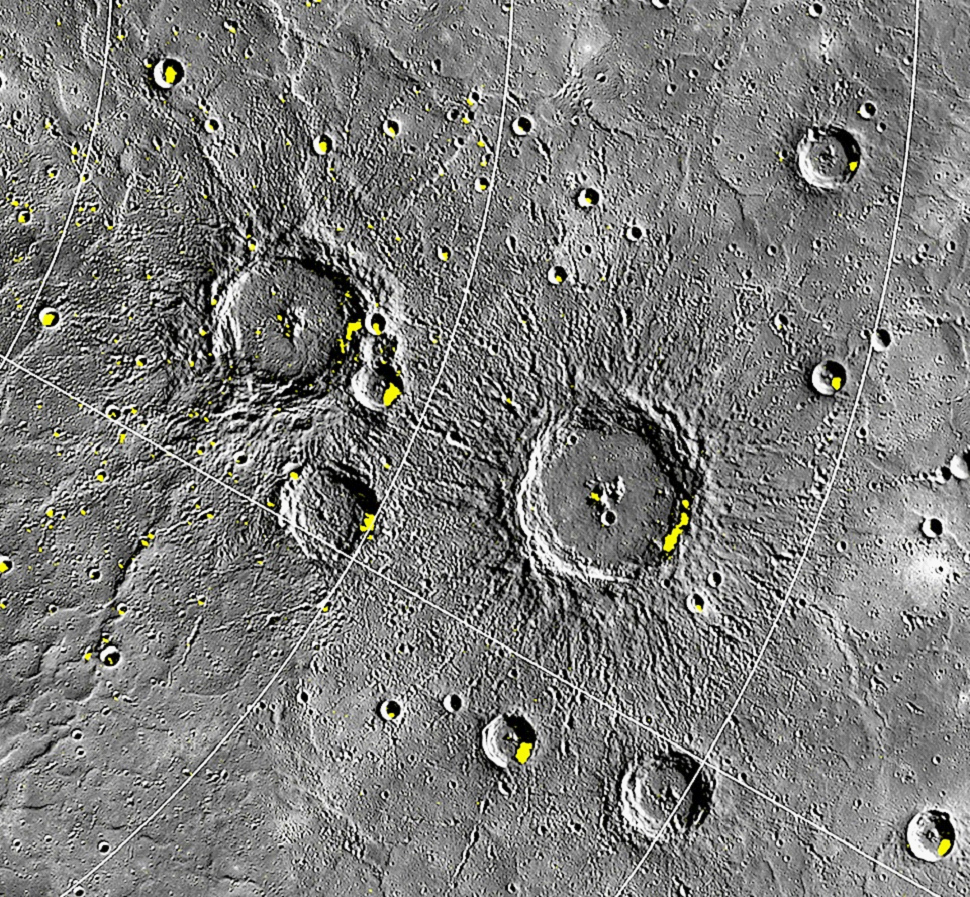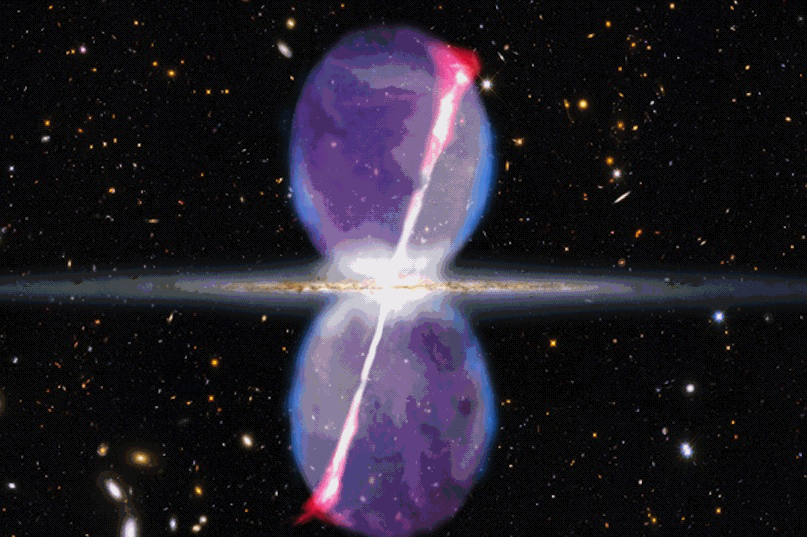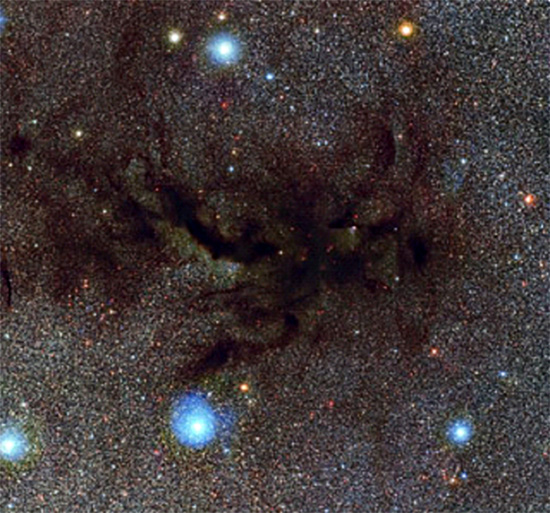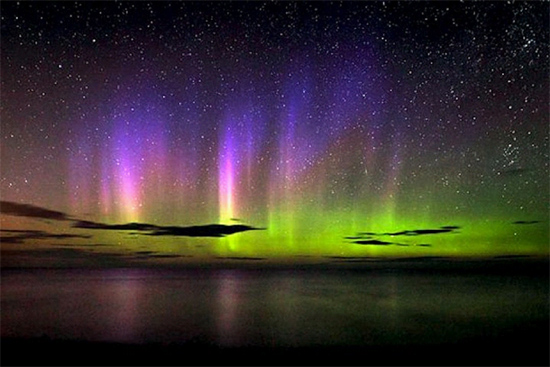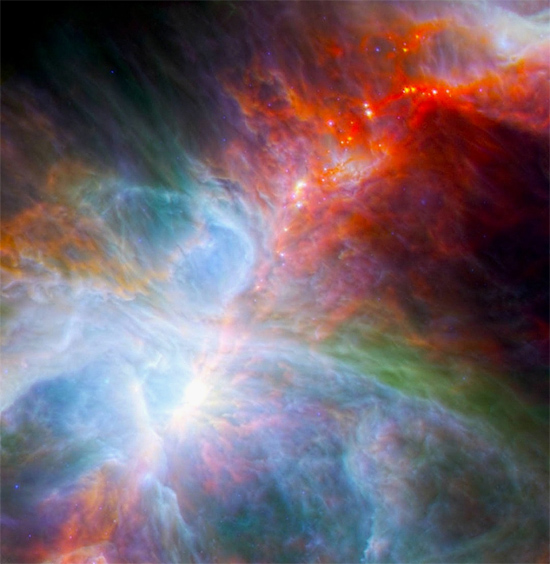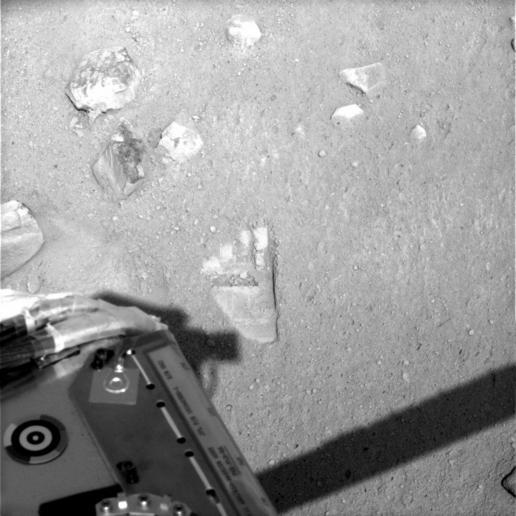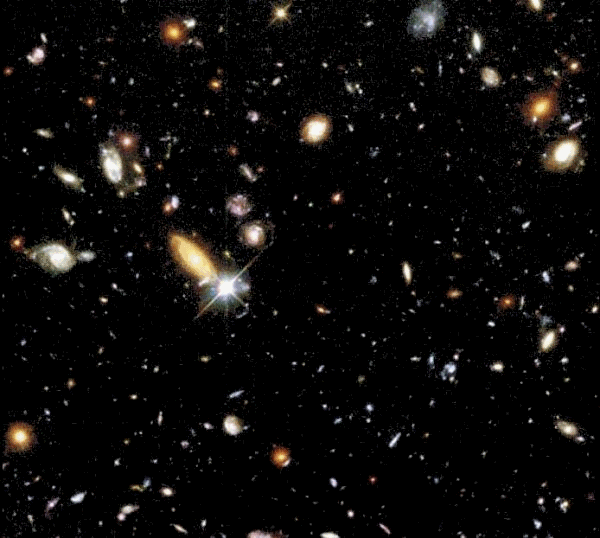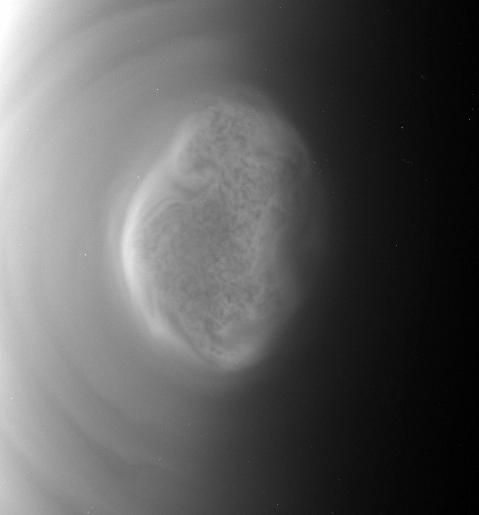Theories on the Rocks – In a Flash (Part Three)

Original Post August 29, 2012 ‘Thunderstones’ in the form of tektites – Did human beings watch them falling? As an additional possibility of no small importance, the concept of the thunderstone may have been sparked by a conflation of lightning with meteors which, on occasion, do deposit rocks onto the…






